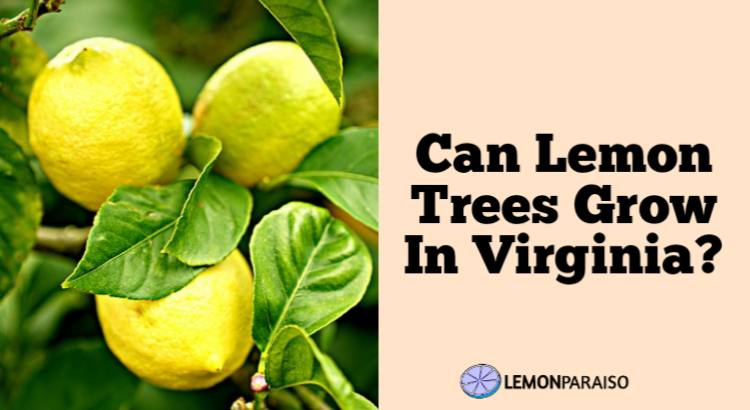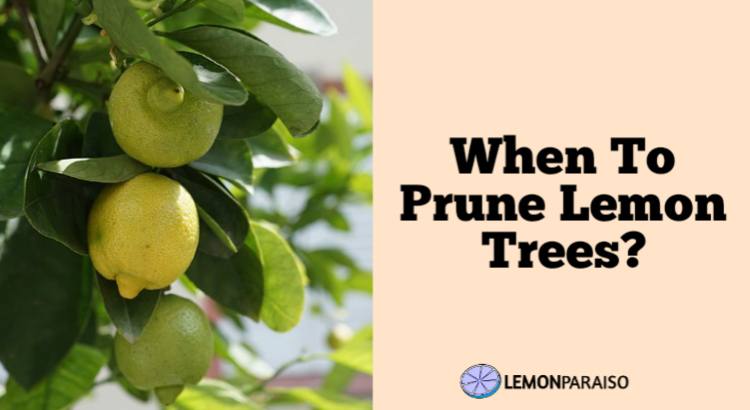When To Harvest Meyer Lemons?
Meyer lemons, known for their distinct flavor and versatile uses, are a popular citrus fruit cultivated in many home gardens. Harvesting these lemons at the right time is crucial to ensure optimal taste and juiciness. In this comprehensive guide, we’ll explore the key factors to consider and the best practices for determining when to harvest Meyer lemons.
When To Harvest Meyer Lemons?
Factors Influencing Harvest Timing
Meyer lemons ripen based on various factors, including color, size, and feel. The optimal time to harvest is when these factors align, indicating peak flavor.
Meyer lemons typically change from a deep green to a vibrant yellow as they ripen. Look for a glossy, smooth texture and a slight softness when gently squeezed. Additionally, pay attention to the size; a fully mature Meyer lemon is usually around 2 to 3 inches in diameter.
Seasonal Considerations
Understanding the seasonal patterns of Meyer lemon trees is essential for determining the right harvesting time. These citrus fruits are known to have two primary harvests, one in late fall and the other in early spring.
In regions with warmer climates, Meyer lemons may have a more extended growing season, potentially yielding fruit year-round. Keep an eye on your local climate and the specific characteristics of your lemon tree to pinpoint the ideal time for harvesting.
Fragrance as an Indicator
The aroma of Meyer lemons can be a reliable indicator of their ripeness. When the lemons emit a sweet and citrusy fragrance, it often signifies that they are ready for harvest.
Take note of the intensity of the scent; a stronger aroma is generally associated with fully ripe fruit. Trusting your sense of smell in conjunction with visual cues enhances your ability to harvest Meyer lemons at their flavor peak.
Checking the Firmness
Firmness is another critical aspect to consider when determining the readiness of Meyer lemons for harvest. A slight yield to gentle pressure indicates maturity, while overly soft fruit may be overripe.
Carefully test the firmness by applying gentle pressure with your fingers. It should yield slightly without feeling mushy. Regular monitoring of firmness helps ensure you harvest Meyer lemons at the perfect stage for culinary use.
Color Transformation
Observing the color transformation of Meyer lemons is a primary method for assessing their ripeness. As these citrus fruits ripen, they evolve from a dark green hue to a bright yellow.
Harvest Meyer lemons when the majority of the fruit has reached a rich, golden yellow color. However, note that some varieties may retain a slight greenish tint even when fully ripe. A combination of color and other indicators provides a comprehensive picture of readiness.
Taste Testing
While visual and tactile cues are essential, nothing beats the ultimate test of flavor. Conduct taste tests by sampling a few Meyer lemons before deciding to harvest the entire crop.
Meyer lemons should exhibit a perfect balance of sweetness and tartness. If the flavor is too sour, allow the fruit to remain on the tree a bit longer. Regular taste testing during the ripening season helps refine your judgment.
Harvesting Techniques
Proper harvesting techniques play a crucial role in preserving the quality of Meyer lemons. Use pruning shears or sharp scissors to cut the fruit from the tree carefully.
Hold the lemon with one hand while snipping the stem about an inch above the fruit with the other. Avoid pulling or twisting the lemons, as this can damage the tree and affect the quality of subsequent harvests.
Storing Meyer Lemons
After harvesting, it’s essential to store Meyer lemons properly to maintain their freshness and flavor. Keep them in a cool, dry place, away from direct sunlight. Refrigeration is an option, but be mindful of potential loss of flavor and aroma over time.
Conclusion
Harvesting Meyer lemons at the right time is an art that combines visual, tactile, and olfactory cues. By considering factors such as color, firmness, fragrance, and taste, you can ensure a bountiful harvest of these delightful citrus fruits. Regular monitoring and a keen understanding of your specific growing conditions will empower you to enjoy the full flavor and versatility of Meyer lemons in your culinary endeavors.


